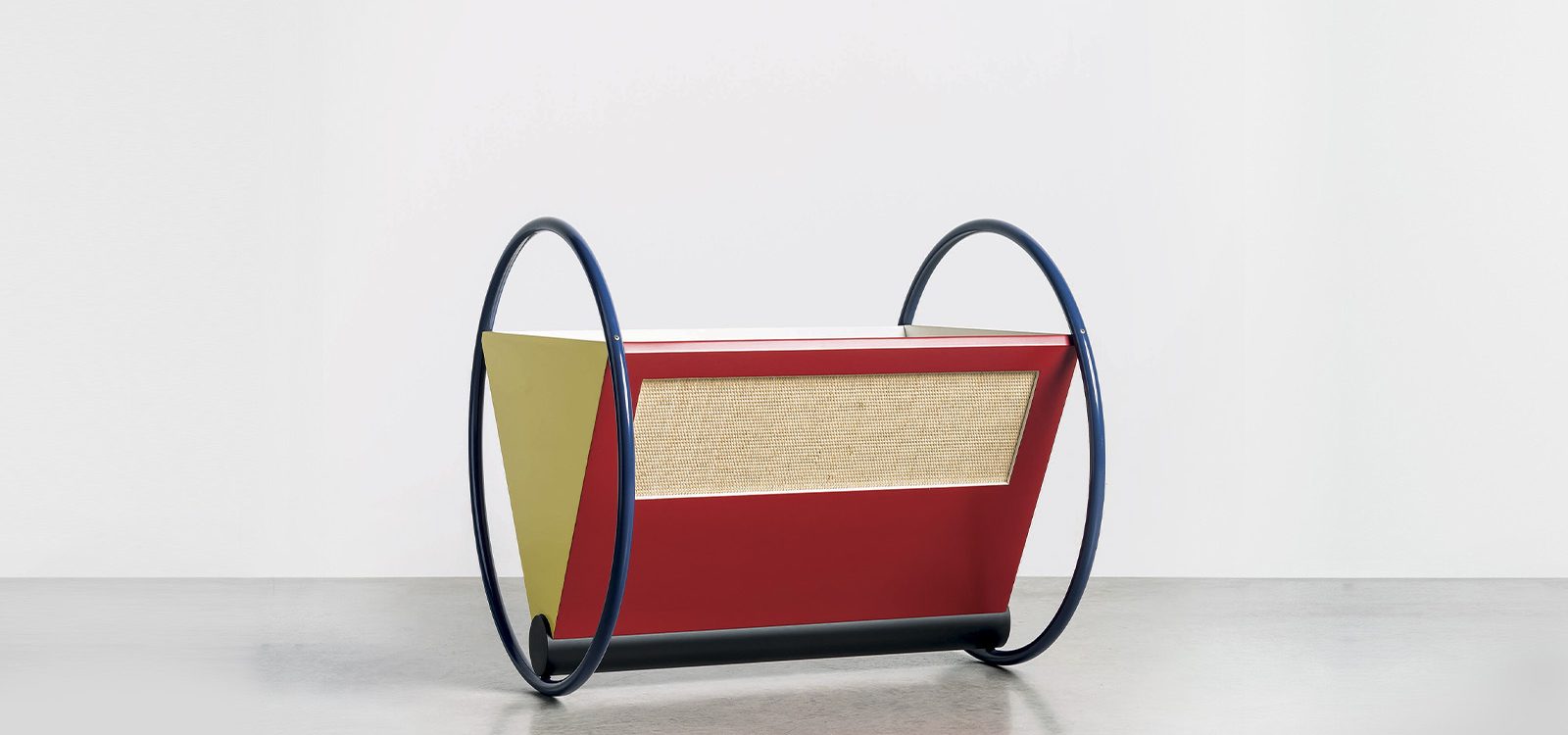The Avant-garde
The artistic avant-garde of the early 20th Century represents the most important exploration of a “new modernity”. By breaking away from the past and experimenting with new visual languages, it actively participated in the great renewal of society at that time.
Contructivism, Suprematism, Futurism and De Stijl were all artistic movements whose members used their work to try to shape a new social model. Russian artists, such as Aleksandr Rodčenko and El Lissitskij, attempted to make their artistic ideals coincide with political objectives and upheld a close connection between art and industry. The only real examples of their design theory put into practice were their projects for the furniture of the Workers Association headquarters and cultural centres.
The goal of the De Stijl movement, founded by Theo van Doesburg, Jacobus Johannes Pieter Oud and Gerrit Thomas Rietveld, was to create a new aesthetc sensibility characterized by complete geometric abstraction. A perfect example of this approach is the furniture designed by Gerrit Thomas Rietveld.
These versions of artistic experimentation and theoretical exploration lead to the foundation of the Vchutemas Institute in Russia and the Bauhaus School in Germany. The furniture designed by Marcel Breuer undoubtedly epitomizes the practical application of all of the artistic experimentation of the period.

